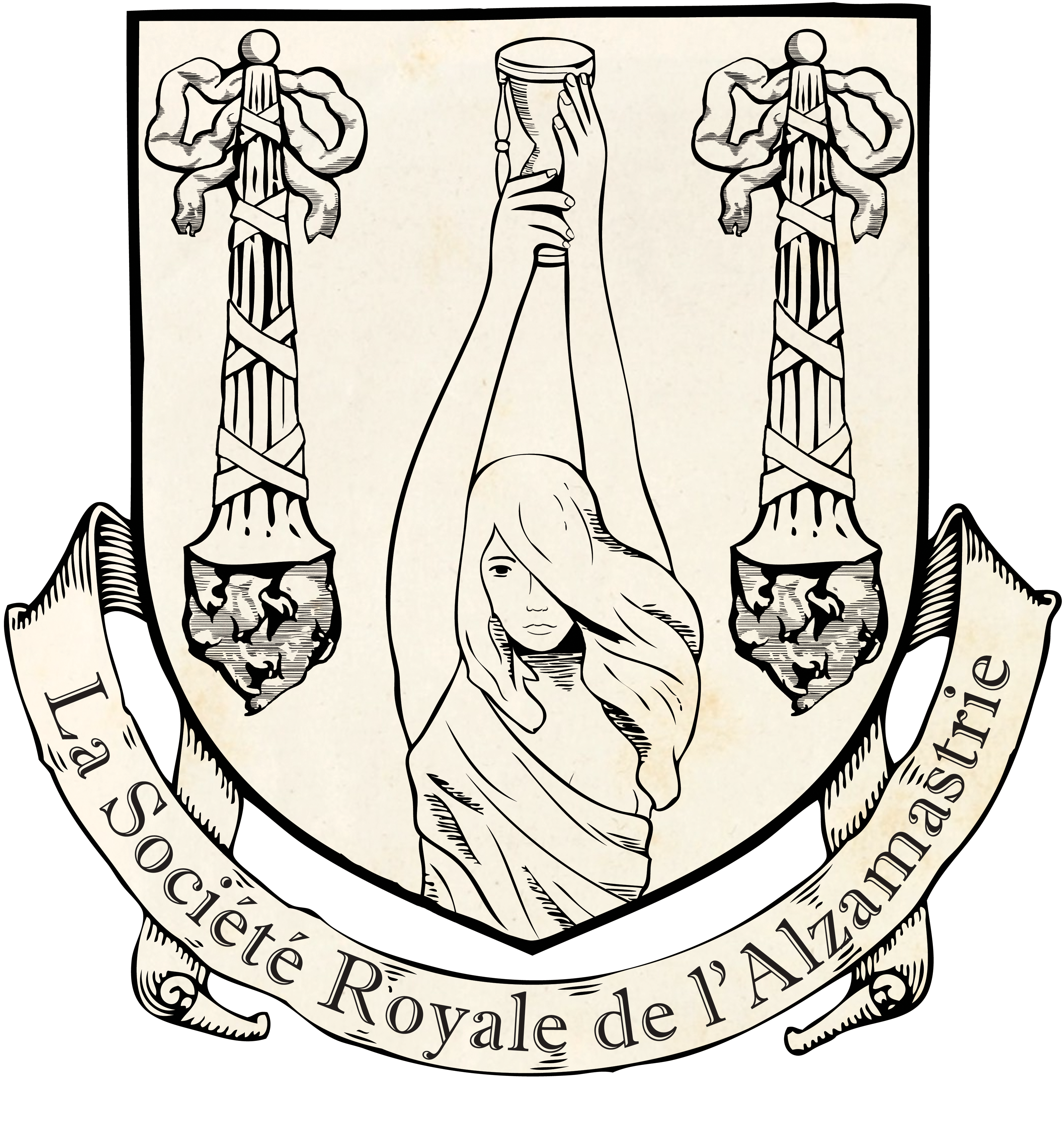La Société Royale de l'Alzamastrie
The Royal Alzamastry Society
La Société Royale de l'Alzamastrie was founded in Paris in 1673. The Society was funded by King Louis XIV, who tasked alzamaster Arnoullet Barthélemy with heading the new organization. Barthélemy was a crystalogist who had been responsible for installing pathstone lighting in the palace of Versailles and had long held the king's favour.
The original headquarters of the society was a townhouse in Paris, but in 1685, Louis XIV donated Chateau de Chambord to the society. The former hunting lodge in the Loire Valley later received gold leaf across its roofs, and was renamed the Palais d'Or.
Although based in France, the society has members from all over the world. It serves as a central hub of academic research, and alzamasters like to think that as scholars, they operate above petty political disputes. However, it receives funding from the French government and ultimately answers to the king. The French government, therefore, can influence the direction of research and which projects get the most funding, if they choose to intervene.
The society mostly operates as background support to independent alzamasters. They are not a school; the most education into alzamastry they fund is if an individual wishes to take on an apprentice. Members of the society pay an annual fee in return for access to their libraries, project funding, and networking with peers.
Structure
The head of the society is the Provost Philosopher.
Beneath him, the three main branches of alzamastry - crystalogy, psychopompology, and animology - are each headed by a dean. The three deans are allegedly on equal footing, but everyone knows that the Dean of Crystalogy is the most prestigious because pathstones have more immediate applications for daily life and the field is more valued by the government.
There is no formal structure below the deans, but members of the society gain seniority over time. Someone who has been around for many years, or who has accomplished significant research, may be granted the title Distinguished Alzamaster. This is largely a ceremonial title, but those who hold it have a higher chance of getting funding approved - and in higher amounts - and are more likely to be invited to conferences or meetings. Their achievements afford them more respect in the society, and only a Distinguished Alzamaster is eligible to become a dean in the future.
Public Agenda
The official purpose of the society is to further the study of alzamastry and consolidate research into one place. Publicly, they promote themselves as being an international organization focused solely on the advancement of knowledge for the public good. While these goals are part of the society's aims, the reality is that they answer to the government of France. Projects that are deemed detrimental to France or the royal family quietly have their funding cut and findings that might threaten the social order or Arbitrist teachings (the state religion of France) are hushed up.

La force de par la mort
Power out of Death
The Society Emblem
The emblem of the society first came to use in 1689, a year after relocating to the Palais d'Or. The emblem features a woman holding up an hourglass, representing the triumph of humanity over death. Although they are still ruled by the inevitability of death, alzamastry allows humans to gain power from the process of death. The inverted torches, still burning, represent the endurance of the soul after death.
Founding Date
May 21st, 1673
Type
Educational, Society
Demonym
Society Alzamaster
Location


